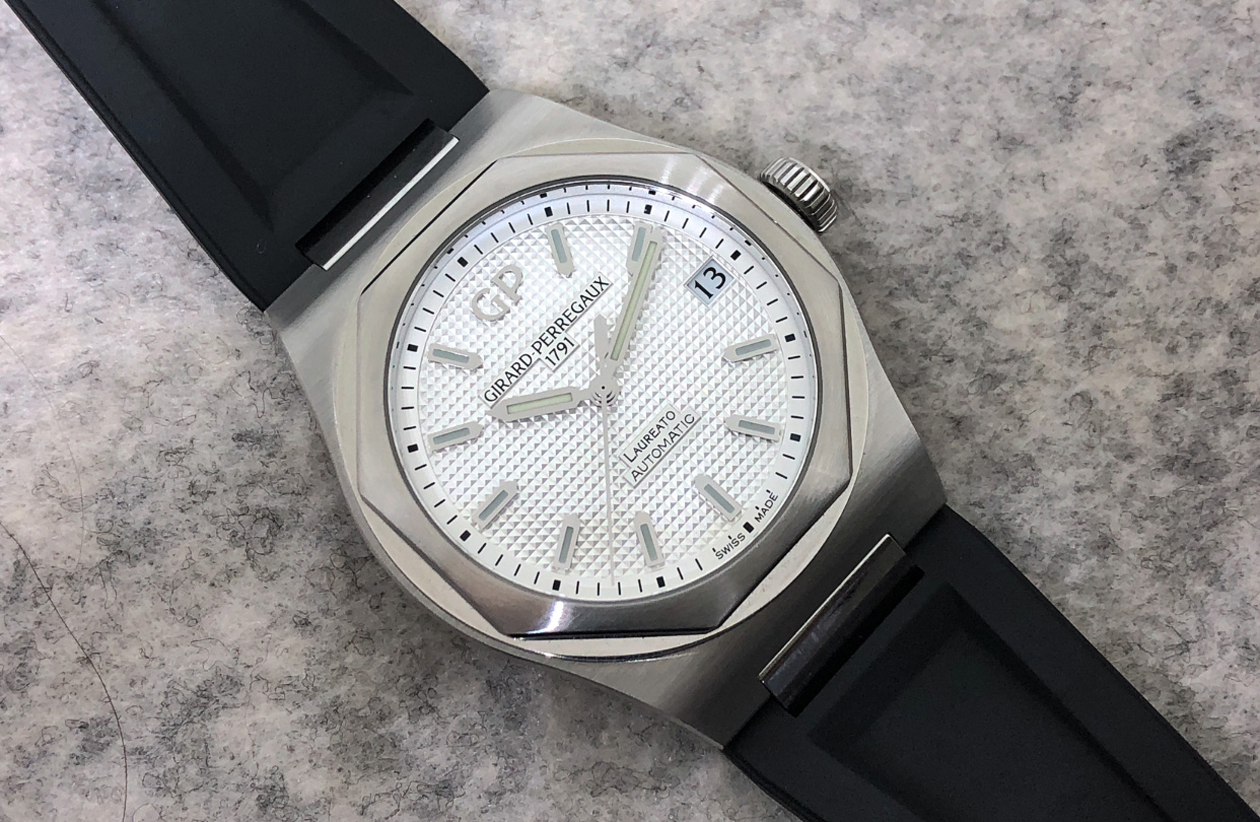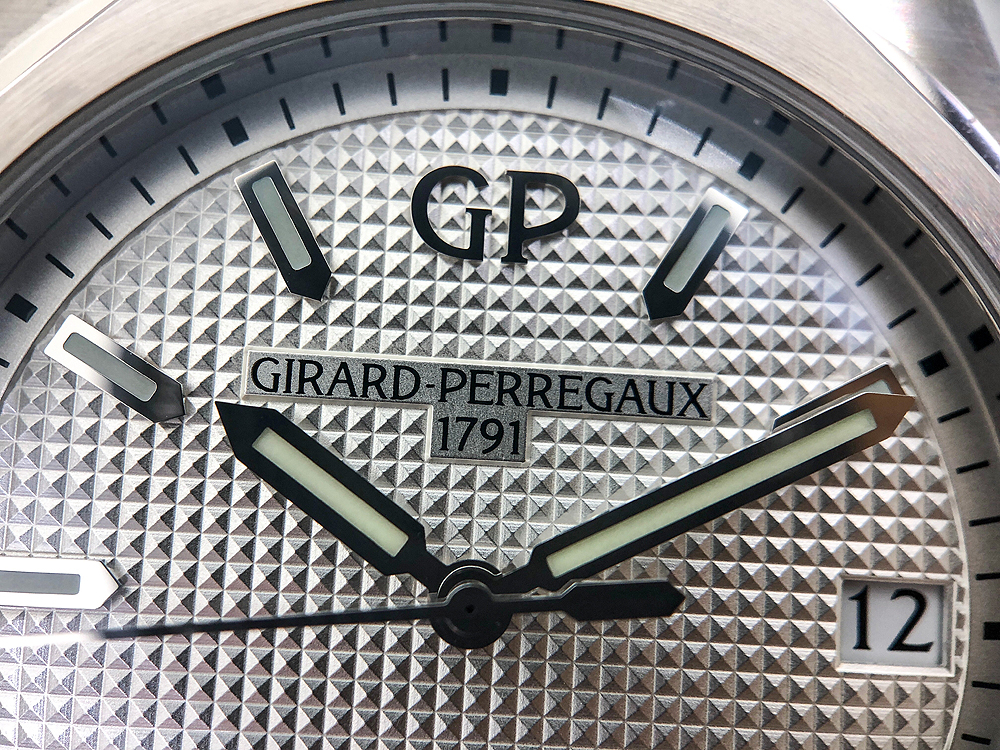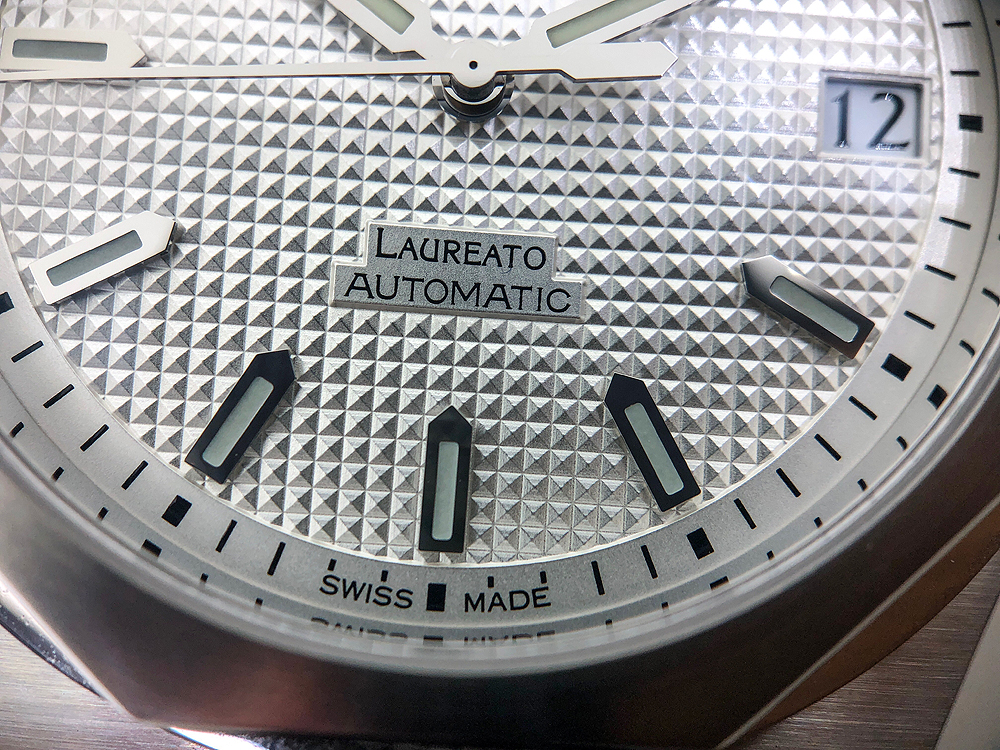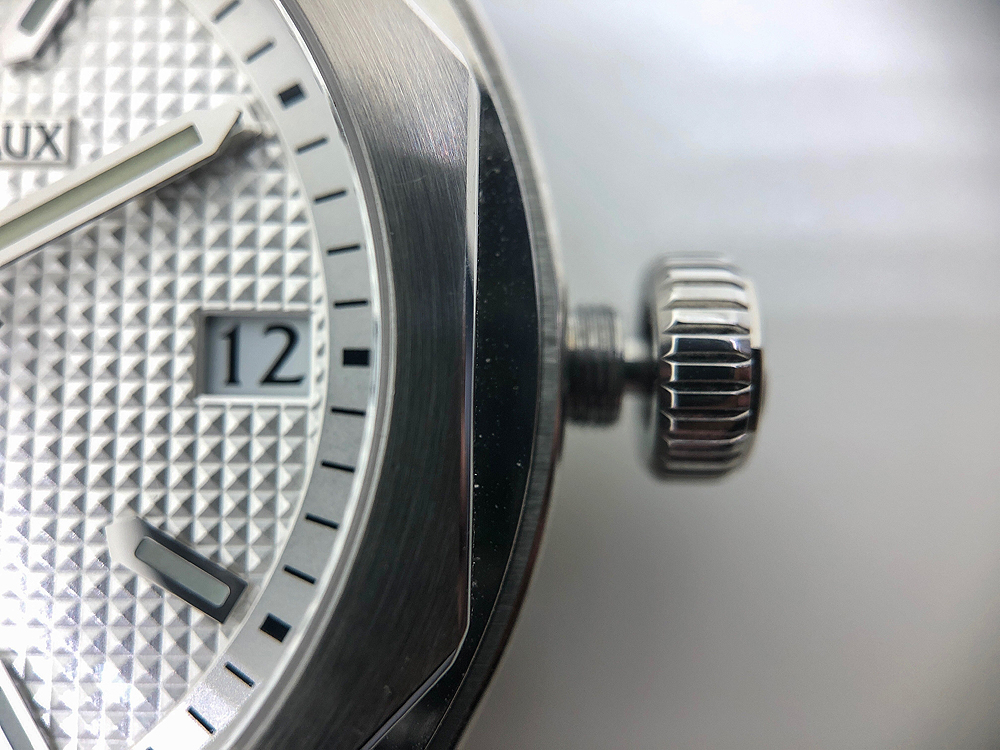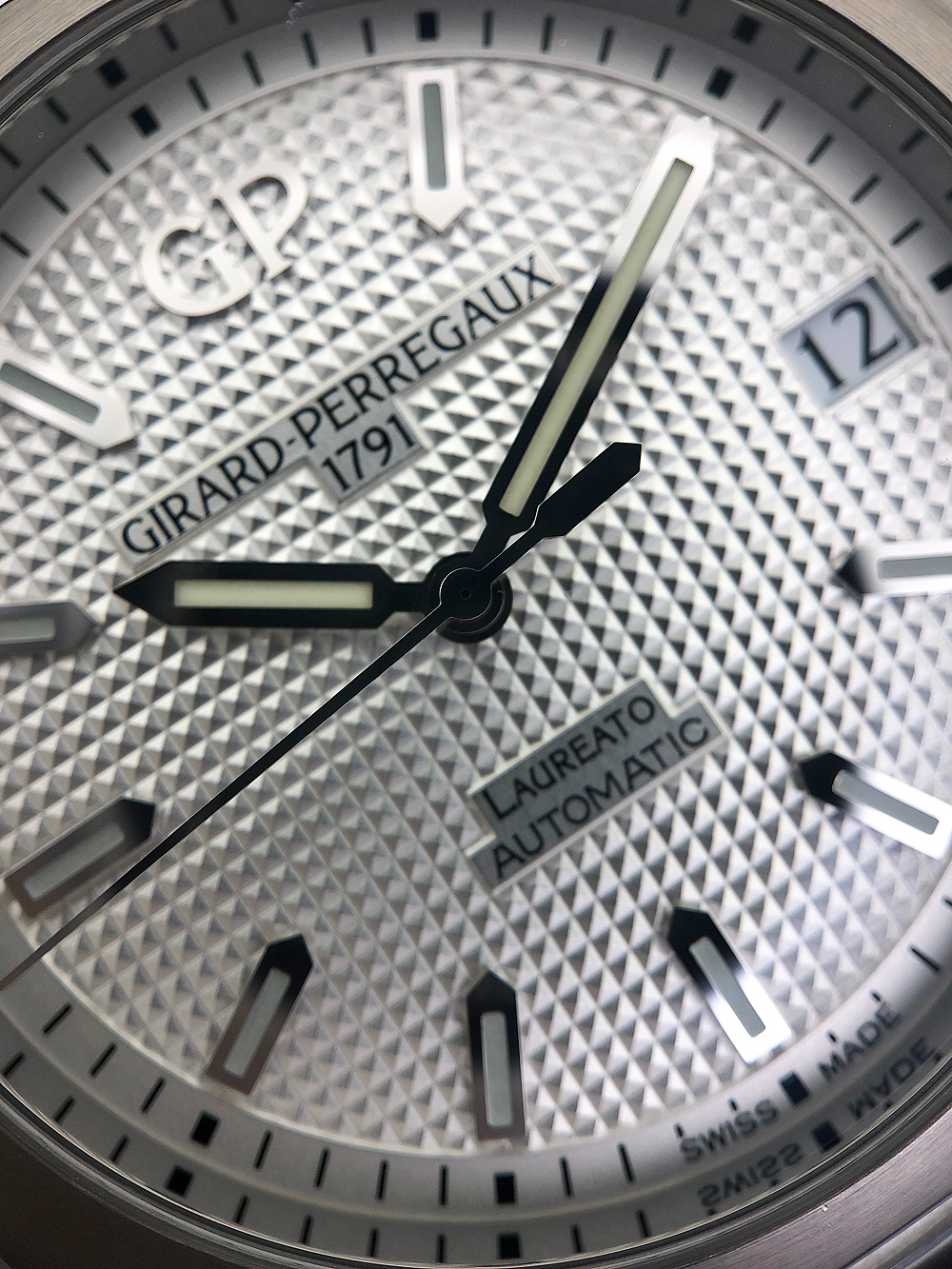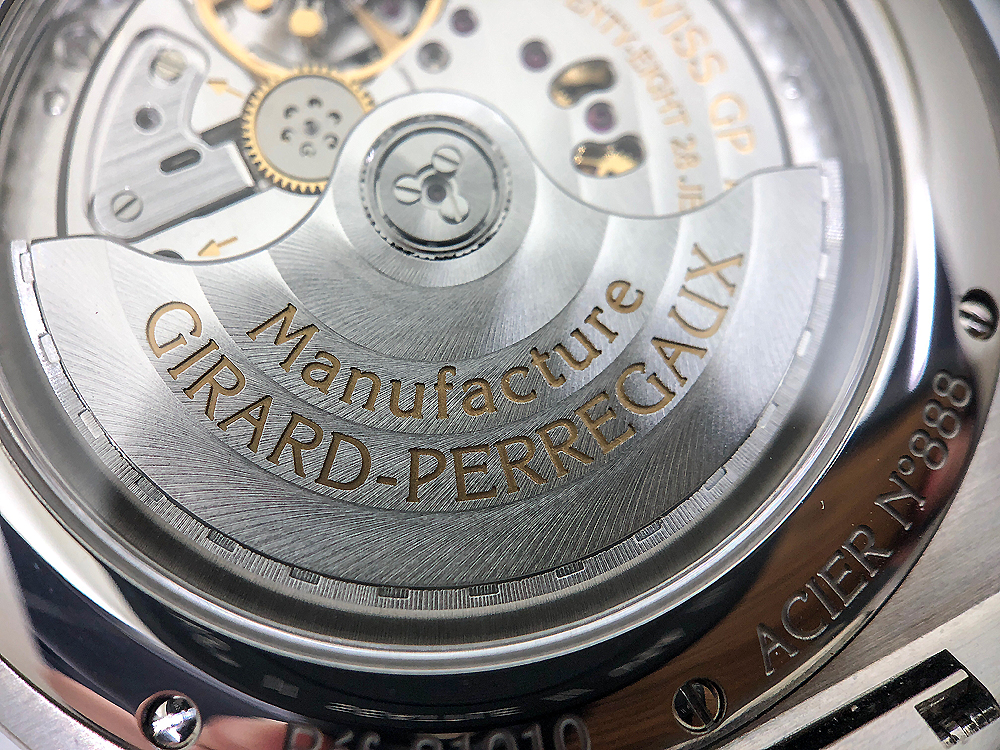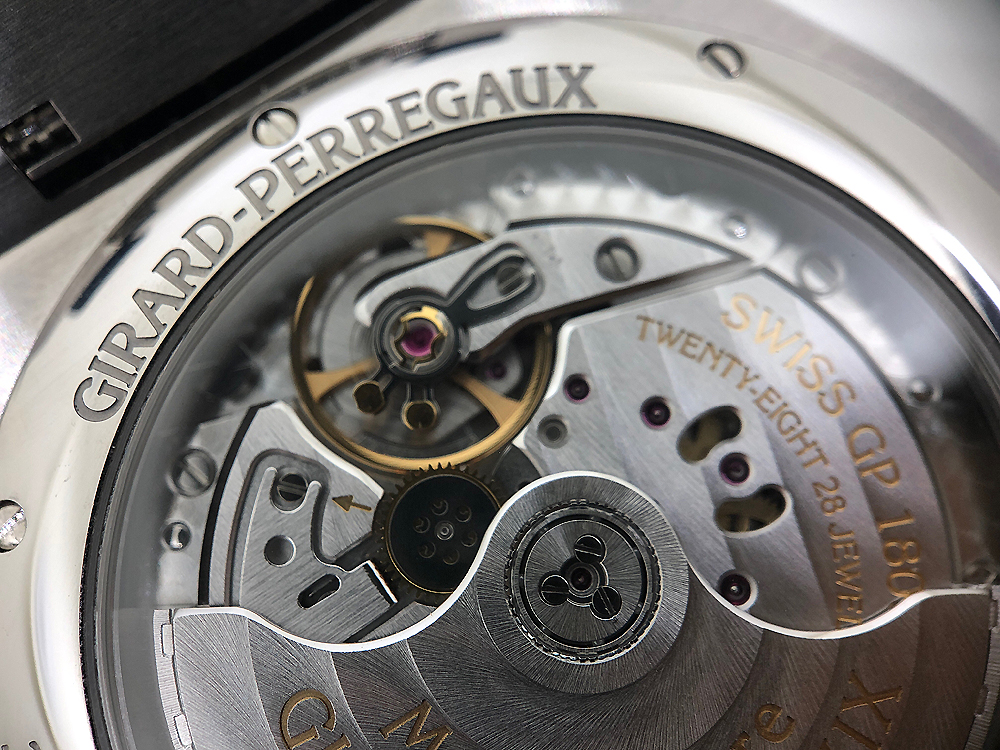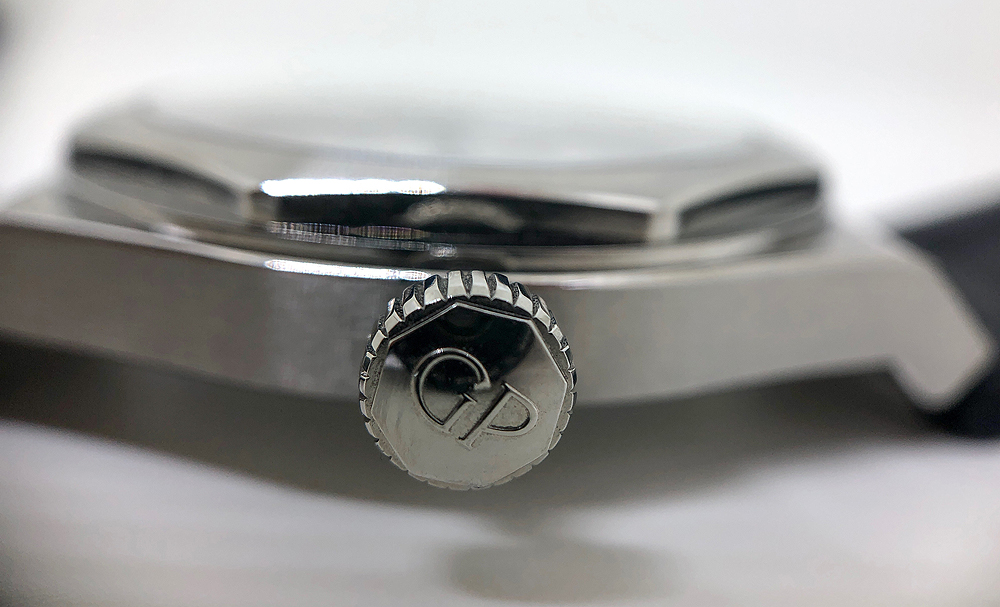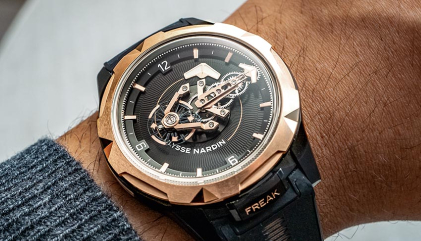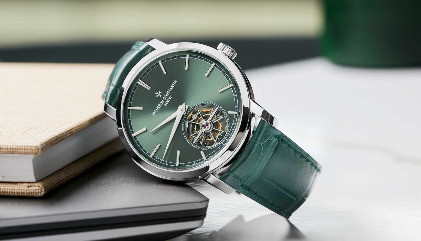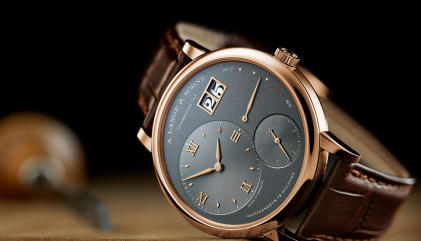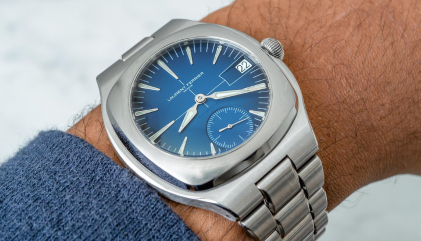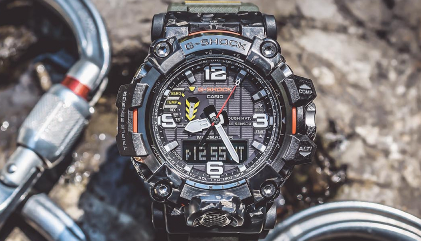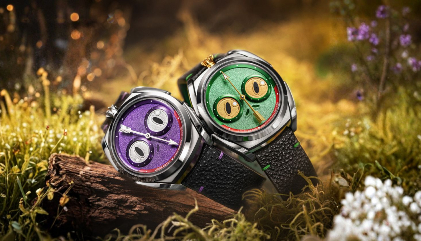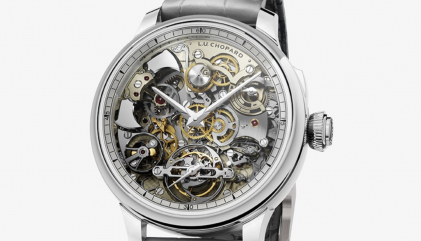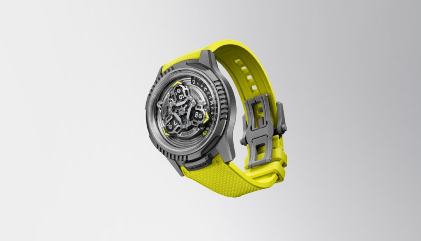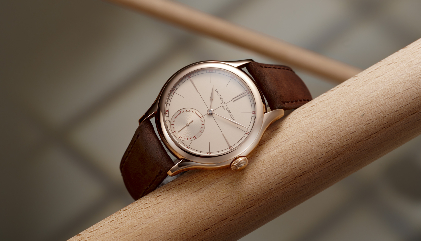Girard-Perregaux has a long and prestigious history, but the brand over the past decade or so has been, to put it bluntly, a bit hard to pin down as far as its focus and identity. It has produced everything from high-complication masterpieces (the La Esmeralda Tourbillon) to racing-inspired sports watches (Competizione), to vintage-look dress pieces (the 1966 collection) to a buildout of out its classic Three Bridges Tourbillon into entire new lines (à la the Neo-Bridges). Now it seems to have found some solid footing with the revival of a luxury sports watch from the 1970s — the same sweet spot from which icons like the Patek Philippe Nautilus and Audemars Piguet Royal Oak emerged — the Laureato.
Since its debut in 2016, the back-to-basics version of the Laureato has been successful enough to expand into a fairly wide-ranging and versatile collection, now encompassing multiple dials and case materials, a skeletonised model, a chronograph, and, as introduced at the most recent SIHH, a perpetual calendar. It’s my fervent wish to review them all eventually, but we’ll start here with the flagship three-hand version, the one most directly descended from the original. The Laureato model that I acquired for a wrist review from Girard-Perregaux was in stainless steel, with a clean white dial and attached to a black rubber strap. The case channels the look of the 1975 original, with rounded, curved sides flowing elegantly into the lugs and the hallmark octagonal bezel. Up close, one can see the elaborate finishing — satin brushing on the sides and top surfaces of the case and the top surfaces of the bezel, complemented with a mirror polish on the bezel’s eight sides, all with a slight inward curve. The case measures 42 mm in diameter — a nice contemporary size, large and noticeable on the wrist but smaller than the dimensions of some of the Laureato models that preceded it, most of which were not as directly influenced by the vintage model as this one. The polished finish extends to the rounded caseback bezel that holds the sapphire exhibition window and is held in place by six (not eight) screws. Adding to the complexity, the top surfaces of the movable centre lugs are polished while the bottom halves are brushed.
The case is relatively thin, just shy of 11 mm, with the side lugs curving somewhat sharply toward the wrist. The fluted crown, whose polished surface bears a relief “GP” logo, is large enough for most fingers to grasp easily but small enough not to aesthetically mess with the overall elegant symmetry of the case and dial. The crown screws down to help ensure the case’s 100-meter water resistance and it is notably longer than many other screwed crowns I’ve encountered, extending out fairly far to engage its second position for setting the time (its first position advances the date window on the dial at 3 o’clock.)
About that dial: this watch’s handsome look is greatly aided by the clous de Paris checkerboard pattern that underpins the hands and applied elements — a remnant of, and homage to, the motif on the original models from the ‘70s. Whereas the octagon is used for the bezel, a five-sided pentagon is used for the major dial elements — the baton hands, the applied hour indices (10 of them, with 12 o’clock represented by an applied GP logo and 3 o’clock by the aforementioned date window) — even the counterweight of the central seconds hand (but on closer examination, this element might actually be more hexagonal). Two other elements break the plane/flow of the decorative dial — a tiny plaque reading “Girard-Perregaux 1791” below the 12 o’clock position and another reading “Laureato Automatic” above the 6 o’clock index. The presence of the latter two features is understandable — branding and all that — but I couldn’t help musing how the dial would have looked even more cleanly elegant without them.
Peering through the sapphire caseback we find the movement, Girard-Perregaux’s manufacture Caliber GP03300-0030 (below), a self-winding movement with 27 jewels, a 28,800-vph frequency, and a 46-hour power reserve. The rotor is adorned with the circular côtes de Genève pattern characteristic of Girard-Perregaux’s movements, along with an inscribed golden “Manufacture Girard-Perregaux” emblem. Another engraved gold “GP” symbol appears on one of the plates, which are embellished with the more traditional, straight-lined Geneva waves. Perlage decorates the outer edges of the movement.
The movable centre lug, as mentioned before, helps this watch to conform comfortably to just about any wrist size and the black rubber strap, with a large groove in the centre, is quite comfy also, though the inner edge is simple and unadorned with any particular embossed or relief motif other than an indented “GP” logo on each side of either lug, inside a hexagonal box clearly reminiscent of the venerable brand’s “Golden Bridges.” The elaborate double-folding buckle mechanism has lots of polished surfaces, as does the clasp, which carries on the motif of the bezel’s curved, polished edges.
Were I to consider extending my relationship with the Laureato to a more permanent one, I might take some issue with the price. It’s definitely a sport-luxury watch with an emphasis on the luxury, and as I hope I’ve made clear, the attention to detail on the case, dial, and movement is impeccable across the board. But $11,000 for a steel watch, even one with an in-house movement and a prestigious pedigree, with no complications other than a date display, might strike some as fairly steep. Still, it can’t be argued that this watch looks expensive — even with the fairly simple and sporty rubber strap. Many might find the cost of admission to this horological club of simple, classical elegance to be well worth it.






